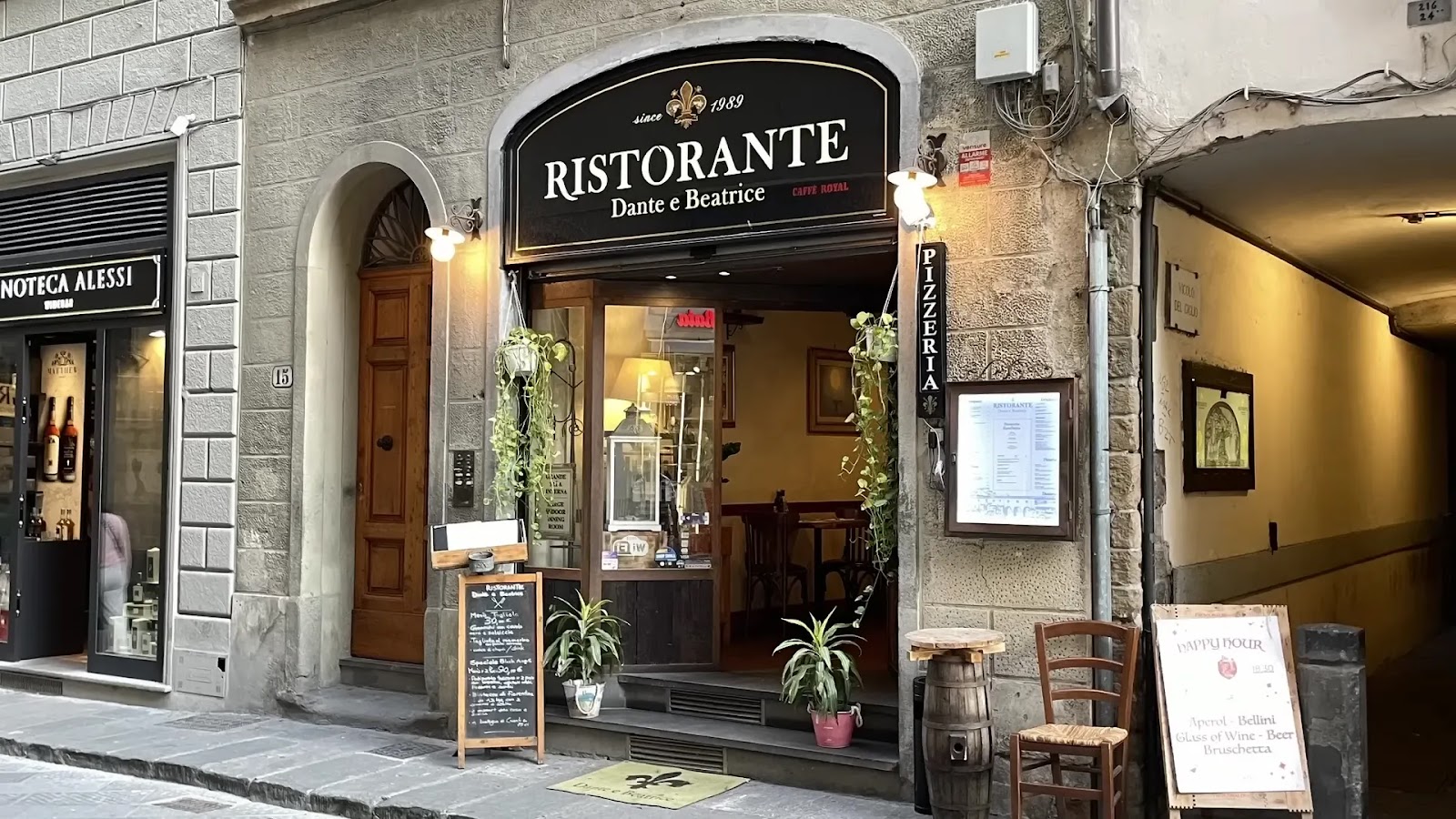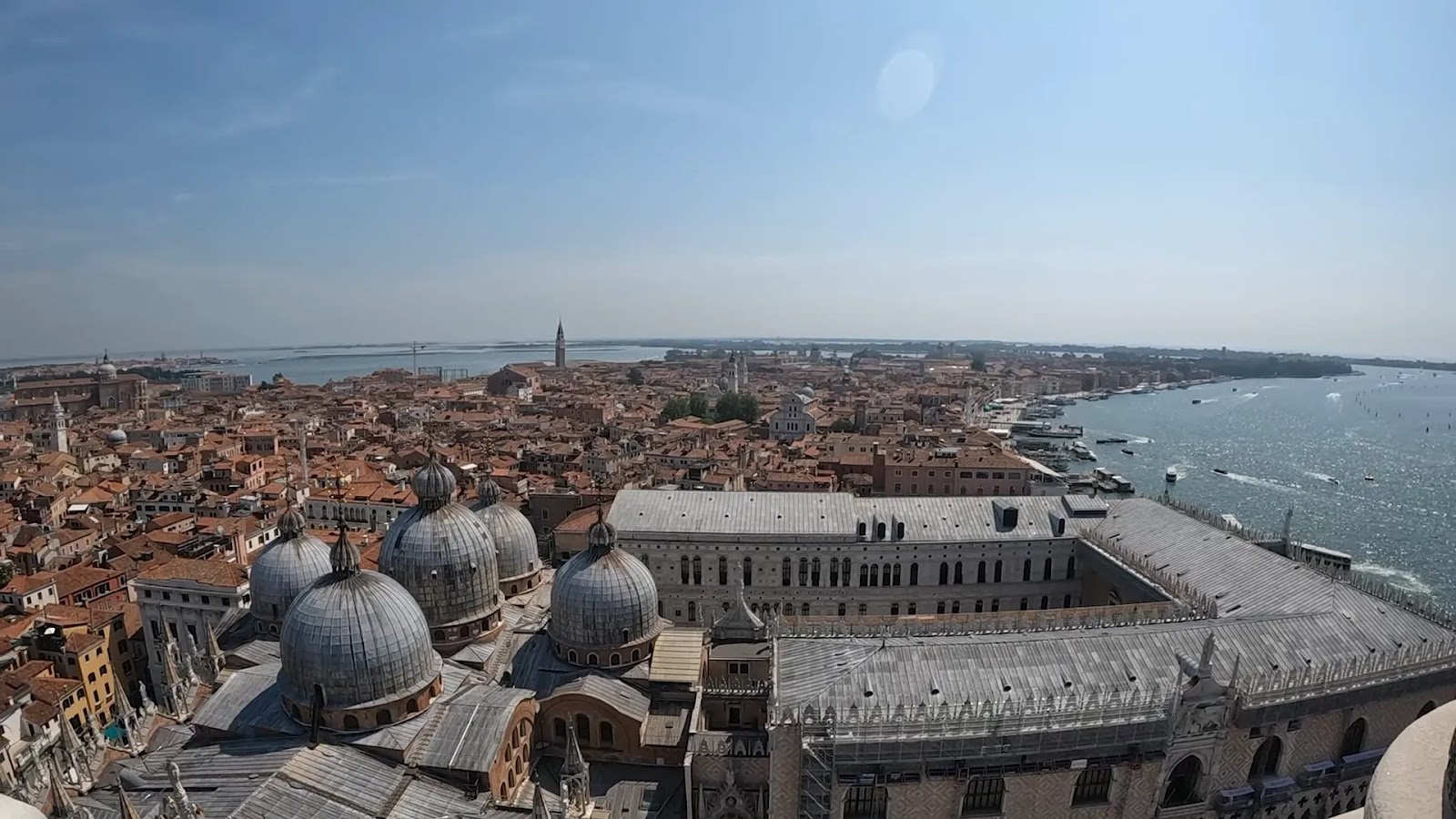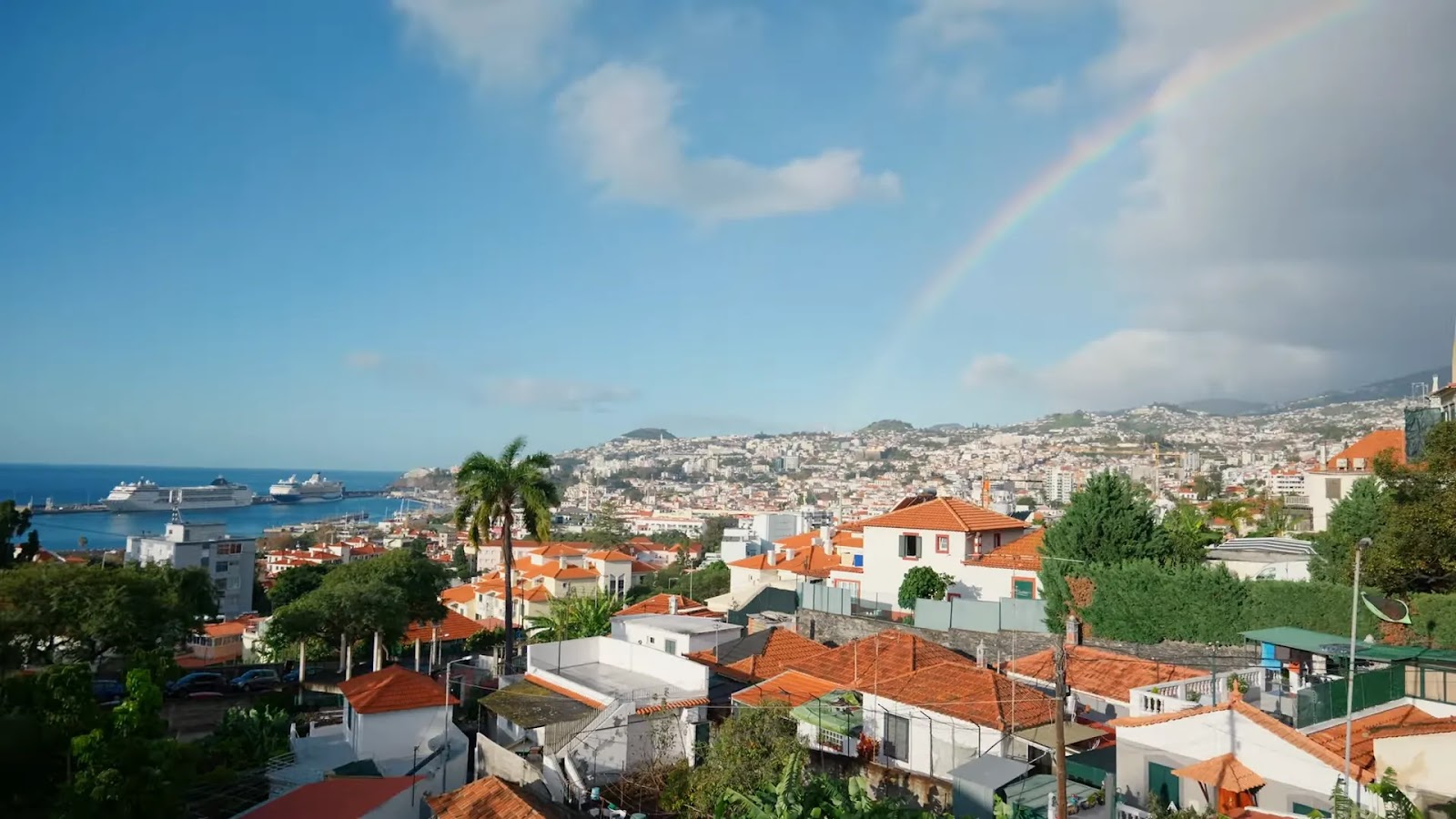Mastering Italian Dining Etiquette: A Comprehensive Guide

Decoding the Italian Dining Experience: A Traveler's Guide
Ordering food in Italy can be a delightful adventure, but it can also be stressful if you're unfamiliar with the local customs. This guide will equip you with the knowledge and phrases you need to confidently navigate Italian restaurants and enjoy an authentic culinary experience.
Restaurant Hours and Seating
Italian restaurants typically operate on a split schedule. Lunch is served between 12:00 PM and 2:30 PM, followed by a break before dinner service resumes around 7:00 PM or 7:30 PM. This allows the staff a rest period between shifts. If you miss the lunch window, consider grabbing pizza by the slice, visiting a "Tavola Calda" (cafeteria-style eatery), or purchasing a pre-made sandwich from a cafe or bar.
Upon entering a restaurant, greet the host with "Buongiorno" (good day) or "Buona sera" (good evening) and wait to be seated. Inform them of your party size, especially if you have a reservation. In casual cafes or bars, especially those in piazzas with unset tables, you can usually seat yourself.
Navigating the Menu
Menus are often available in both Italian and English, but an Italian-only menu can be a sign of authenticity. A chalkboard menu suggests daily changes, indicating fresh ingredients. While most waiters speak some English, Google Translate can be helpful for deciphering Italian-only menus.
Italian menus typically follow a five-section structure:
- Antipasti: Appetizers like salami or cheese.
- Primo: First course, usually pasta or risotto.
- Secondo: Main course, typically meat or fish.
- Contorni: Side dishes, such as vegetables or salads.
- Dolce: Dessert.
You don't need to order from every section. Common combinations include antipasto and secondo, primo and secondo, or antipasto and primo. Menu prices are inclusive of tax. Inform your server of any allergies, but avoid requesting substitutions, which are not common practice.
Understanding Italian Dining Customs
Salad is considered a contorno and is typically served alongside the main course. Dressings are usually simple olive oil and vinegar. Courses are served sequentially as they appear on the menu, but you can request variations. If dining with others and only some order a primo, the others will wait until the primo is finished before the secondi are served. To request dishes together, say "insieme."
Water is typically served upon being seated. Italians generally prefer bottled water ("naturale" for still, "frizzante" or "gasata" for sparkling) over tap water in restaurants, even though tap water is generally safe to drink.
Essential Dining Vocabulary
Here are some key phrases:
- Vorrei/Prendo: I would like/I'll take.
- Pollo: Chicken
- Manzo: Beef
- Maiale: Pork
- Vitello: Veal
- Agnello: Lamb
- Pesce: Fish
- Il conto, per favore: The bill, please.
- Dov'è il bagno?: Where's the bathroom?
- Cosa mi consiglia?: What do you recommend?
- Cosa c'è di buono stasera?: What's good tonight?
Beverages
Wine is the preferred beverage with most meals (except pizza, which is often paired with beer). Ordering the "vino della casa" (house wine) is a great way to experience local flavors. You can order wine by the carafe (full liter, half "mezzo," or quarter "quartino") or by the glass ("bicchiere"). Cocktails are typically enjoyed before dinner (aperitivo) rather than during the meal.
After dinner, Italians often enjoy a shot of espresso. Adding milk to coffee after a meal is generally avoided as it's believed to interfere with digestion. An "amaro" or "digestivo" (after-dinner drink made with herbs and spices) is also a popular choice.
Bread, Service, and Tipping
Bread is typically served but not eaten before the meal. It's used to push food onto forks or to "fare la scarpetta" (mop up sauce). Bread in Central Italy is often bland due to historical reasons related to salt taxes. Butter and olive oil for dipping are not typically provided.
Italian servers do not hover. They believe diners should enjoy their meal and conversations without interruption. Flag them down if needed. Service is not considered slow; it reflects a relaxed dining pace. You must request the bill; it's not brought automatically.
A "coperto" (cover charge) of 2-4 euros per person is added to the bill, covering the table setting and bread. This practice dates back to the Middle Ages.
Tipping is not mandatory, as servers earn a living wage. However, rounding up the bill or leaving a few coins (2-5 euros) is appreciated. Tipping is done in cash, as credit card machines don't typically include a tip line.
Types of Eating Establishments
Italy offers a variety of dining options:
- Ristorante: More formal, with tablecloths, extensive menus, and higher prices.
- Trattoria: Smaller, family-run, cozy atmosphere, moderate prices, traditional dishes.
- Osteria: Similar to trattorias, but more rustic and casual, focusing on hearty, traditional cuisine.
- Pizzeria: Primarily serves pizza, often only open for dinner.
- Tavola Calda: Cafeteria-style eatery with a limited selection of affordable dishes.
- Bar/Cafe: Coffee, pastries, pre-made sandwiches, open all day.
- Pasticceria: Pastry shop with coffee and a wide selection of pastries.
Pizza Etiquette
Pizzerias typically open only for dinner. Pizzas are individual-sized (though large enough to share) and are eaten with a knife and fork. Pepperoni refers to bell peppers, not spicy salami. Pineapple on pizza is uncommon. Beer or soda are the usual beverages.
Conclusion
By understanding Italian dining customs and utilizing these tips, you can confidently navigate Italian restaurants and fully savor the delicious culinary experiences Italy has to offer. Enjoy your meal!




